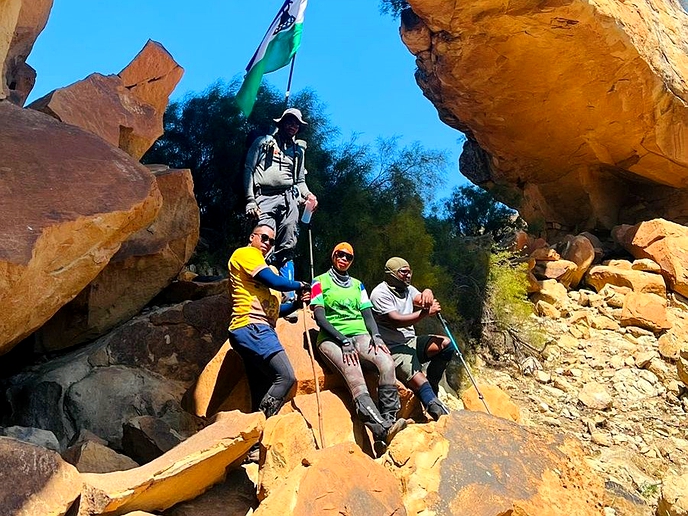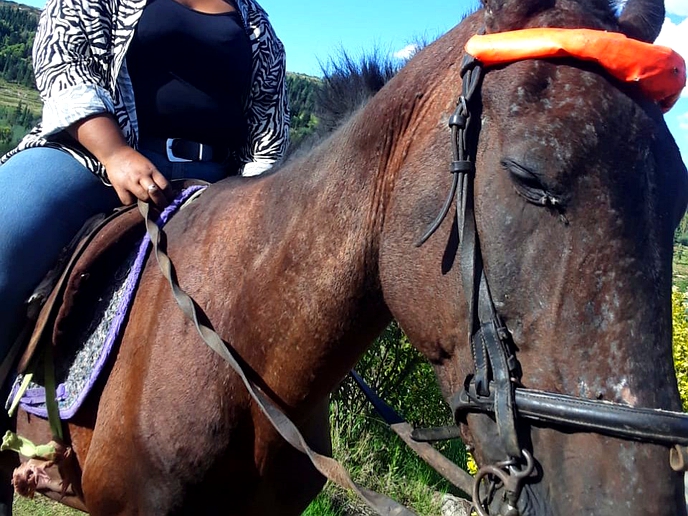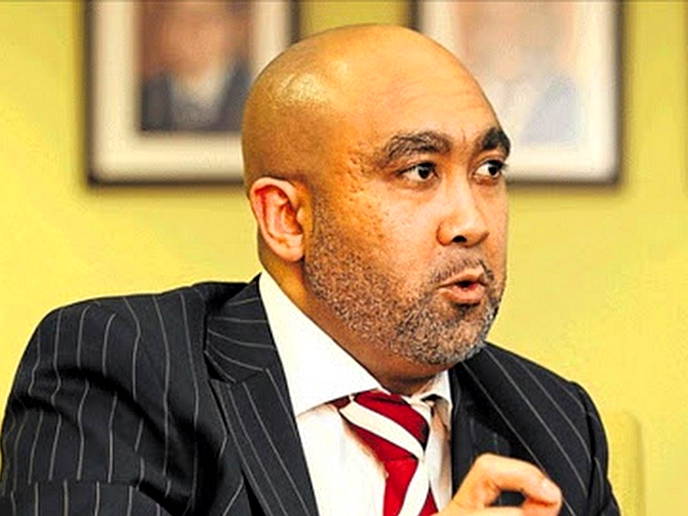A trip to Makeneng, on the outskirts of Maseru, is a voyage to the heritage of Paramount Chief Lerotholi Letsie, one of King Moshoeshoe I's grandchildren and the founder of the Basotho nation. Makeneng is a rural community with distinctive traditional architecture, a rich history filled with incredible stories, and, of course, a research and academic institute.
travel
April 19, 2023
MAPAMELA KHANYELA
5 min read
Makeneng, legacy of Lerotholi

The house that belonged to Chief Lerotholi's second wife, ’Maletšabisa
Story highlights
On April 6, 2023, I intended to visit the village. I was travelling from Maseru, which is about 42.7 kilometres away.
Makeneng is located next to Matsieng, which is home to the Royal Family of Lesotho.
It was a sweltering Thursday afternoon, and the shepherds along the road to Makeneng were dressed in their grey blankets, adorned with multi-coloured threads and other minute adornments, as is customary.
When I arrived at the village, I met a number of ladies, dressed to kill in their Sunday best, en route to church to commemorate the Easter holiday.
My two tour guides waiting for me were ’Maneo Sekata, a heritage mapping researcher, and Mpho Mphofe, who is a building technician.
The duo works for the Morero oa Seriti sa Makhoarane Heritage and Research Initiative. When we met, Sekata quickly briefed me about the history of the place.
"King Lerotholi was renamed Lekena during his time at Initiation School, and his warriors were called Makena. Lerotholi was a grandson of the founder of the Basotho nation, King Moshoeshoe I, through his firstborn son, King Letsie I.
"He had 68 wives and many children. Lerotholi relocated to Makeneng from Likhoele in Mafeteng after the passing of his father in 1891 to take over as the country’s paramount chief. The village was named Makeneng after him," says Sekata.
After that brief history, we toured the Paramount Chief’s courtyard; our starting point was his office, built in 1893 by a Xhosa man named Qebe.
My guides told me that the walls of the old building were the original ones, built in 1893, and the decorations on the walls were as old as the house itself.
There is a beautiful picture of a crocodile chiselled on the doorway and other fine-looking images of hammers and smoking pipes drawn on the walls.
"This was Chief Lerotholi’s office, and he solved many of his subjects’ problems from here. He used to come here to take a breather from the headaches of his several wives and scores of children," Sekata says.
All the old houses that belonged to the late chief’s wives are numbered, and I also learned that every house has its own history, including the chief’s children who were born there.
Before we could enter the late chief’s house, Sekata had to ask for permission from the occupants.
The office has since been converted into a three-room residential house.
Notably, a once-nice oak ceiling now covered in soot on the roof features a little but fascinating trapdoor.
The rooms that used to house vital paperwork for the chief's work are now used as a kitchen and bedrooms.
Sekata adds of the trapdoor, “The late chief used to access the roof of the office through that trapdoor and keep his arsenal of guns in there.”
There were many different activities going on at the same time in the large courtyard.
A couple of senior women were busy making what appeared to be a delicious lunch at what appeared to be a fire or cooking station.
Another group of young women was getting ready for church.
Their ease indicated that they were used to being around strangers and tourists.
A few new residences have been built around the compound, blending with several antique stone structures.
Sekata refers to the old stone houses that are still surviving as "Metopo."
"Chief Lerotholi built each wife three houses, but most of the houses have since collapsed. But the few strong remaining ones called ‘metopo’ are still standing. Initially, they had only one door and were windowless," she says.
We then moved to the house that belonged to Queen ’Maletšabisa, Chief Lerotholi’s second wife.
It is comparatively bigger and looks exactly like the chief’s old office.
The doorway is decorated with pictures of shields that Basotho used for fighting.
History has it that in 1891, the house was the biggest in the village. It is a sprawling, four-roomed stone structure with a trapdoor on the roof.
Inside, it's dark, the old windows are broken, and the entire house is in a sorry state for what was once the Paramount Chief’s home.
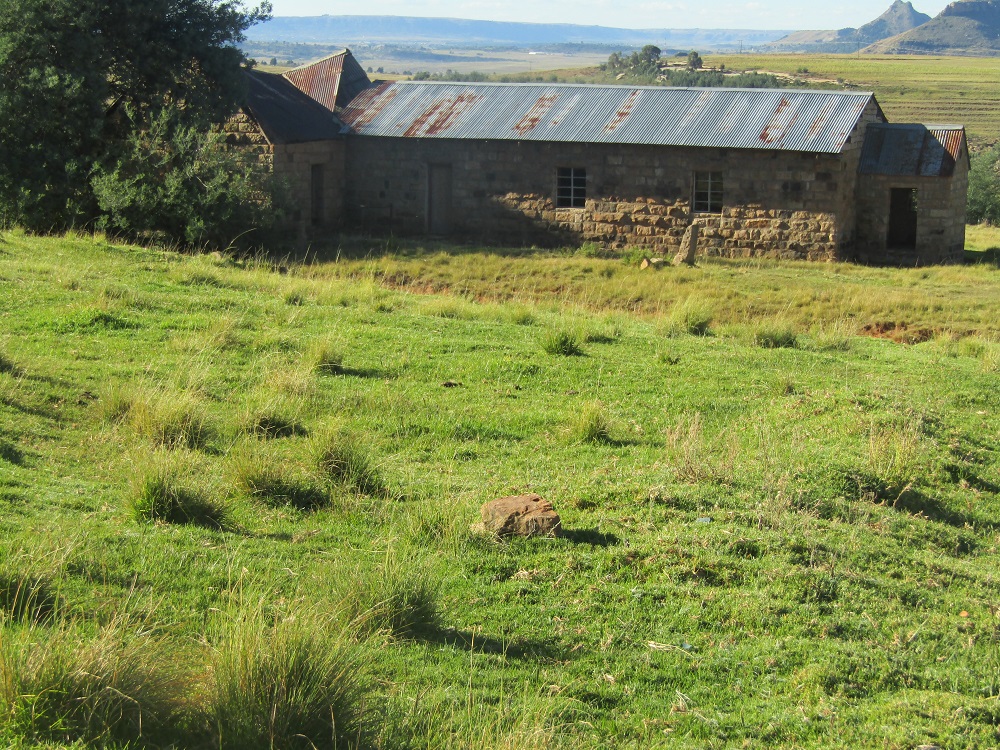
The remains of the church built in the 1890s for Chief Lerotholi's wives
Enjoy our daily newsletter from today
Access exclusive newsletters, along with previews of new media releases.
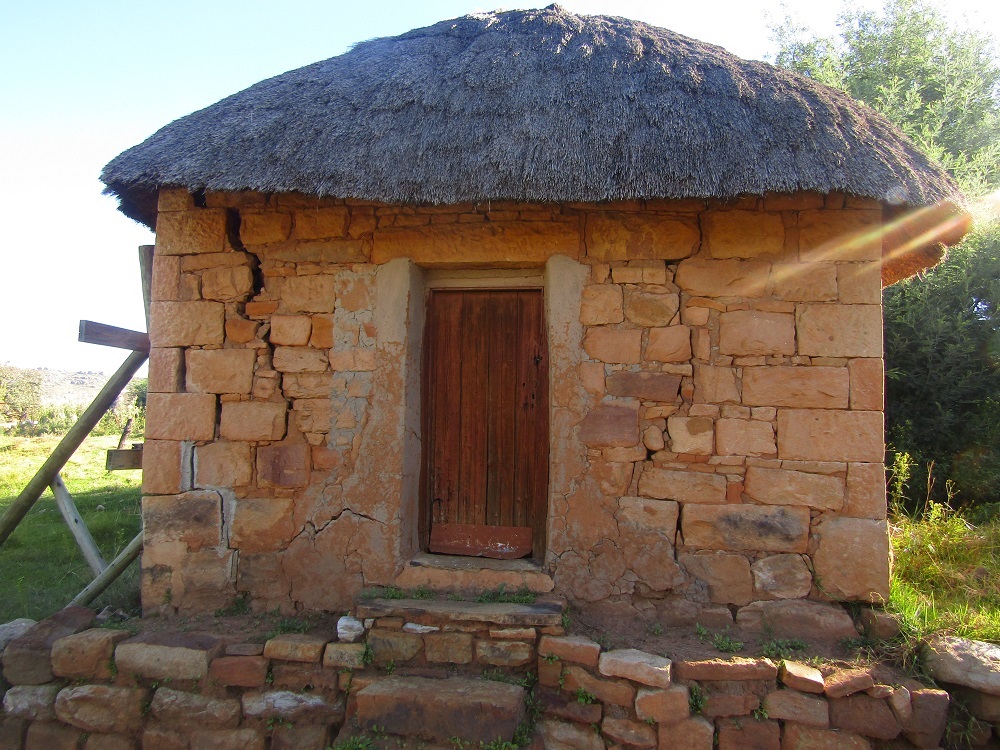
Motopo, one of the houses built for Chief Lerotholi's wives
Clearly worried about the ruins, Mphofe quickly notes: "We have to restore the ruins, because of their value to our built heritage."
To the north of the compound is an ancient stone church built in the 1890s.
Near the old stone structure is an antique church bell attached to two wooden poles.
Before I make a move, someone quickly warns me not to go anywhere near the church building, as the delapitated structure is about to take its last breath.
Sekata says although Chief Lerotholi did not convert to Christianity, he, however, gave permission for the construction of the church in his village for his family and people.
The one-hour tour of Makeneng taught me that the legacy of Paramount Chief Lerotholi will live forever in our memories and history.
Among others, he initiated the founding of Lerotholi Polytechnic (popularly known as Fokothi) in 1894 because he wanted Basotho to manufacture their own firearms.
I had the opportunity to enter a "Motopo," a unique dwelling erected for Lerotholi's women, in the ruins of Makeneng.
I also went on a tour of the historic house where Chief Letsie II and his brother Griffith were born and nurtured.
Beautiful historic sites like as Matsieng, Makhoarane Mountain, the majestic Mount Telle, and Ha 'Mantebo may be seen from Makeneng.


